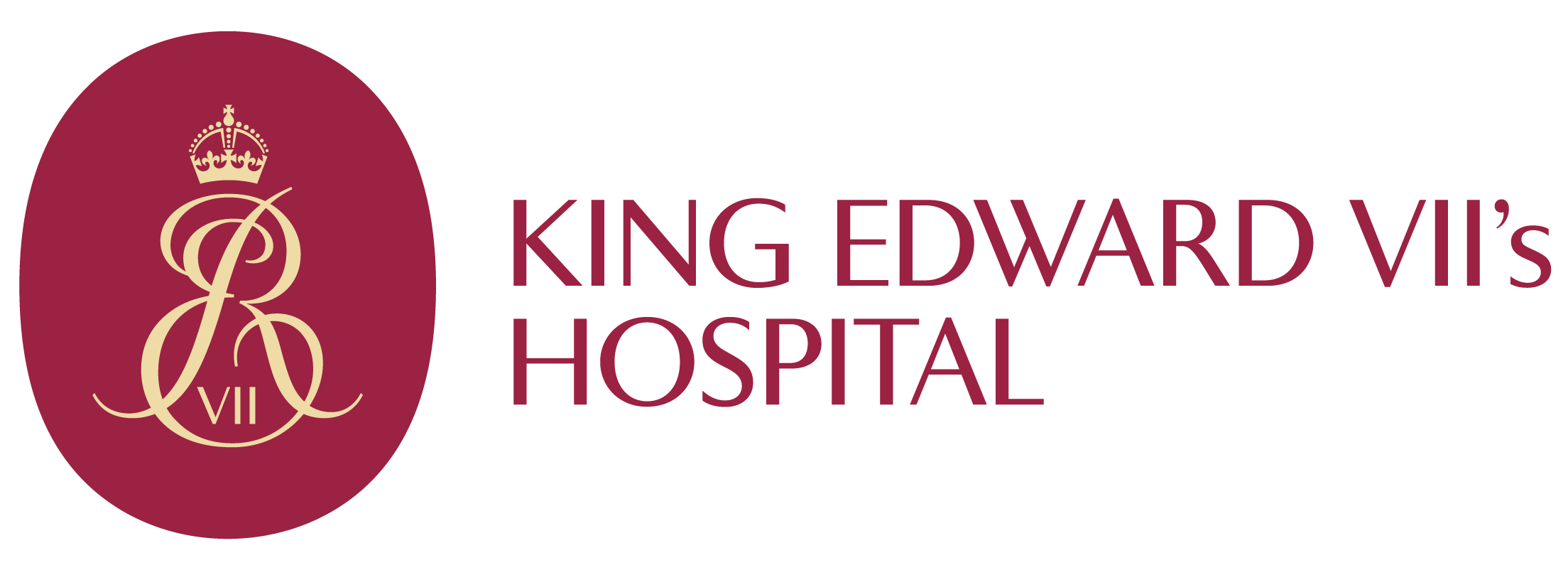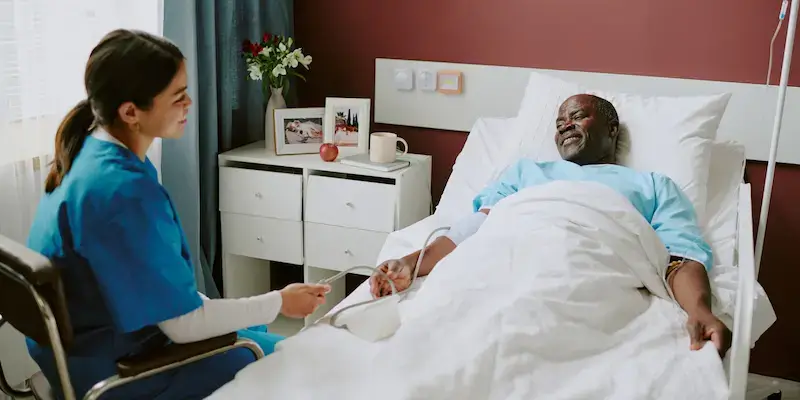Home >
Selective laser trabeculoplasty (SLT)
Get rapid access to our leading specialists.
A selective laser trabeculoplasty procedure is a non-invasive surgical procedure using lasers to lower the pressure inside the eye in patients with glaucoma. It can be used as an alternative to or in addition to glaucoma eye drops.
Learn more about Selective Laser Trabeculoplasty at King Edward VII’s
Why would I need a selective laser trabeculoplasty procedure?
Most patients that require a selective laser trabeculoplasty procedure do so because they have an eye condition called glaucoma.
Glaucoma is caused by damage to the optic nerve, which initially presents as peripheral vision loss (also known as tunnel vision), which if left untreated can lead to loss of sight. This damage is often caused by an increase in the pressure in the eye, called intraocular pressure. If this is causes by you trabecular mesh being blocked, leading to fluid in your eye inadequately draining you may be recommended to have the selective laser trabeculoplasty procedure. Some people use eye drops to reduce this pressure, but for some, they can be ineffective, and the pressure within the eye can still become too high.
SLT is used to decrease this pressure by targeting melanin rich cells in your trabecular mesh (located around the base of the cornea). This opens the blocked mesh, allowing the fluid to drain normally.
What symptoms does a selective laser trabeculoplasty procedure address?
A selective laser trabeculoplasty procedure aims to reduce the pressure on the optic nerve using lasers and can be caried out in place of eye drops or alongside them.
The laser targets the drainage channel from the eye called the trabecular meshwork, along with the cells that produce melanin, helping to open the blocked mesh and allowing the fluid to drain normally.
When should you speak to your specialist about a selective laser trabeculoplasty procedure?
If you have glaucoma, your glaucoma appears to be getting worse or you’re concerned that you might be developing this condition speak to your GP, optician or ophthalmologist as soon as possible about being referred for a selective laser trabeculoplasty procedure.
How is a selective laser trabeculoplasty procedure performed?
Prior to your procedure, it’s important to continue to use any eye drops or medications that you’ve been prescribed for your glaucoma, including on the day of your procedure (unless specified by your consultant).
You will have your vision and intraocular pressure checked. Your doctor or technician will then add a series of drops to your eyes to help prevent the pressure within your eye increasing, to constrict, or decrease the size of your pupils and to numb your eyes.
A gel will then be applied to your eyes in order to place a special contact lens over the eye. You will be asked to sit at a machine that looks very similar to one used during routine eye tests. Your consultant will then use a laser to treat your eye and you will experience some bright flashes of light. Most patients don’t experience any pain, but some may experience some mild discomfort.
A selective laser trabeculoplasty procedure takes a few minutes, but your whole appointment may be a few hours. Most patients are able to return home the same day.
What is the recovery like for a selective laser trabeculoplasty procedure?
Your recovery from a selective laser trabeculoplasty procedure will depend on multiple factors, including your age, fitness level and the nature of your procedure
Within 30 minutes of your procedure, your vision and intraocular pressure will be checked again. Some patients require anti-inflammatory eye drops following a selective laser trabeculoplasty procedure, and these will be provided if recommended by your consultant.
You will be advised not to drive home after your procedure, and when you’re at home, you will be able to carry out your duties as normal. Your medical team will arrange a follow up appointment within a few weeks.
Are there any risks/complications associated with a selective laser trabeculoplasty procedure?
As with any medical procedure, it’s possible for risks or complications to arise. Speaking with your specialist or surgeon beforehand will help you avoid some any adverse reactions.
A selective laser trabeculoplasty procedure has a relatively low risk of serious complications, but the following risks and complications can occur in a small number of cases:
Red eye that should only last a few hours
● Blurred vision that should only last around six hours
● Mild inflammation
● Temporarily raised intraocular pressure
● Reduced vision
A selective laser trabeculoplasty procedure has around a 70% success rate . Around 50% of patients will notice that the effects wear off over time and will require a repeat procedure after five years .
How can I prepare for a selective laser trabeculoplasty procedure?
Prior to a selective laser trabeculoplasty procedure, your surgeon will discuss with you how best to prepare, as each patient is different with differing needs.
Common preparations for a selective laser trabeculoplasty procedure include:
● Routine blood tests or scans of the front and back of the eye as requested by your surgeon
● Taking steps to stop smoking if you smoke
● Losing weight if you’re overweight
● Remaining active and doing regular exercise
Are there alternatives for a selective laser trabeculoplasty procedure?
Alternative procedures for SLT are Argon Laser Trabeculoplasty (ALT) or Micropulse Laser Trabeculoplasty (MLT). ALT was the first laser trabeculoplasty procedure and it uses a thermal laser which may cause more scarring in the drainage angle than SLT. This can also limit its ability to be repeated.
Your consultant will be able to discuss these with you.
Call 020 3925 1015 or fill in your details below to make an enquiry
Need further help or advice?
Contact our team for enquiries or information.
If you need to contact us in any other way, please go to

